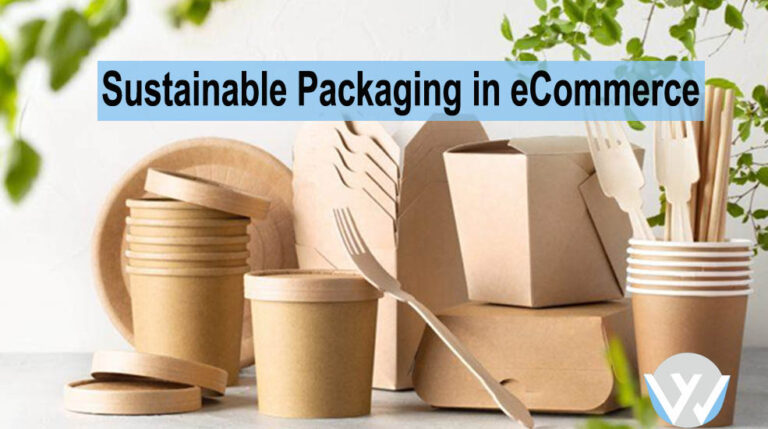E-commerce companies are realizing the importance of eco-friendly practices and products. They are putting their efforts into environmental sustainability due to global priorities. Sustainable packaging, in particular, has emerged as a critical focus area. In this comprehensive guide, we will explore eight inspiring examples of sustainable packaging in eCommerce. These innovative approaches not only reduce environmental impact but also create a positive brand image, attracting eco-conscious consumers and ultimately contributing to a greener future.
Table of Contents
Minimalist Packaging
Minimalist packaging is a straightforward yet effective way for eCommerce companies to embrace sustainability. Businesses like Amazon have introduced initiatives such as the “Frustration-Free Packaging” program, which significantly reduces excessive packaging materials. This approach not only simplifies the unboxing experience for customers but also minimizes waste, making it an excellent example of sustainable packaging.
Reusable Packaging System
Forward-thinking brands like Loop have introduced reusable packaging systems. In this model, customers receive products in durable containers designed for multiple uses. Once the product is consumed or the container is empty, it is collected, cleaned, and refilled. This innovative approach reduces packaging waste and fosters a circular economy, where resources are continually reused, reducing the demand for new materials.
Biodegradable Packaging Materials
Some eCommerce companies have turned to biodegradable packaging materials to reduce their environmental footprint. Materials such as algae-based plastics, mushroom-derived mycelium, and even edible packaging are gaining popularity. These materials break down naturally over time, leaving behind no lasting environmental impact. They are a testament to the creative and sustainable solutions emerging in the packaging industry.
Packaging with Recycled Content
Leading eCommerce platforms like Zalando have taken the initiative to use packaging made from recycled materials. This approach helps close the recycling loop by giving a second life to materials that might otherwise end up as waste. By using recycled content, these companies reduce the carbon footprint associated with the production of packaging materials.
Compostable Packaging
Compostable packaging is another eco-friendly option gaining traction in the eCommerce world. Companies like EcoEnclose offer packaging solutions designed to break down in industrial composting facilities. These materials decompose into natural components without leaving behind harmful residues, providing an eco-conscious alternative to traditional plastic packaging.
Multi-Functional Packaging
Some brands are taking an innovative approach by designing packaging that serves a secondary purpose. For instance, shoeboxes that double as storage containers or packaging can be transformed into DIY crafts. This approach not only reduces waste but also adds value for consumers, making it a win-win for both businesses and the environment.
Digital Platforms for Packaging Sustainability
In the digital age, platforms like Packoorang are connecting consumers with brands that prioritize sustainable packaging. These platforms provide valuable information about a product’s packaging sustainability, helping consumers make informed choices. This transparency encourages businesses to adopt more eco-friendly packaging practices to meet consumer demands.
Eco-Friendly Filler Materials
Traditionally, packaging has relied on materials like packing peanuts and bubble wrap, which are not environmentally friendly. However, companies like The Better Packaging Co. are pioneering the use of eco-friendly filler materials. They offer alternatives like compostable padded mailers or packaging made from recycled materials. These options provide effective protection for products while aligning with sustainability goals.
Conclusion
Through the use of these cutting-edge packaging strategies, electronic commerce enterprises can effectively decrease waste and mitigate their ecological footprint. Additionally, they can appeal to environmentally aware consumers who place a high value on organizations that embrace sustainable practices. The use of sustainable packaging is a conscientious and strategic decision, as it engenders a favorable brand perception, fosters heightened consumer allegiance and facilitates enduring financial viability. In an era characterized by a growing emphasis on sustainability, eCommerce enterprises that adopt and integrate these principles are positioned to assume a pioneering role in advancing a more ecologically conscious and environmentally sustainable future.

